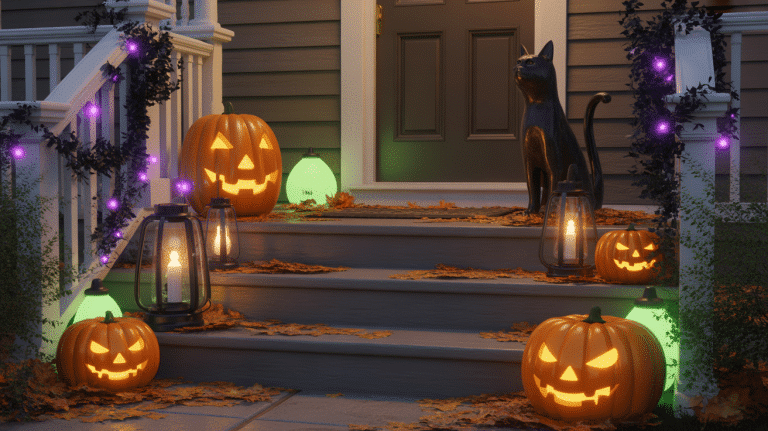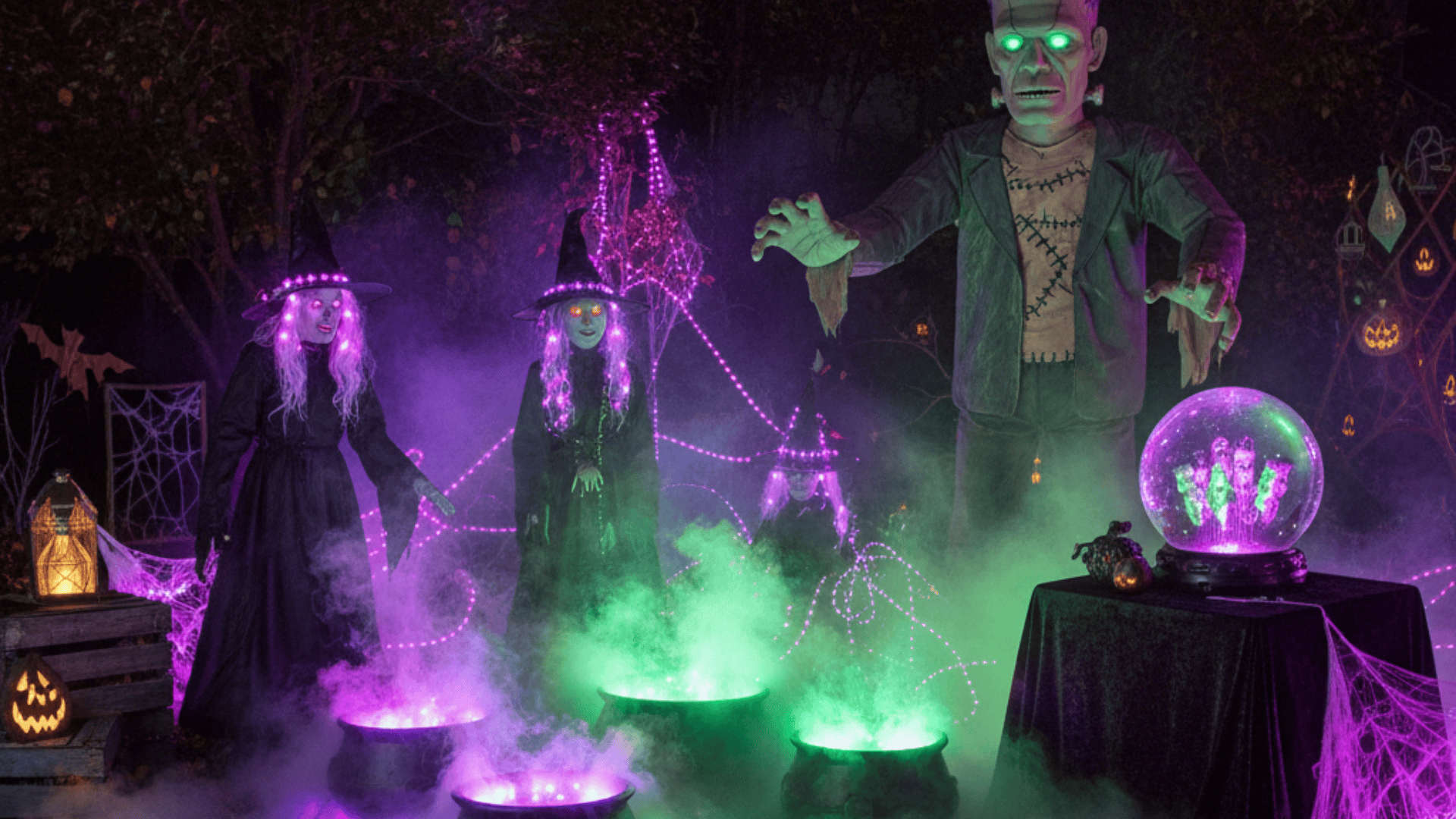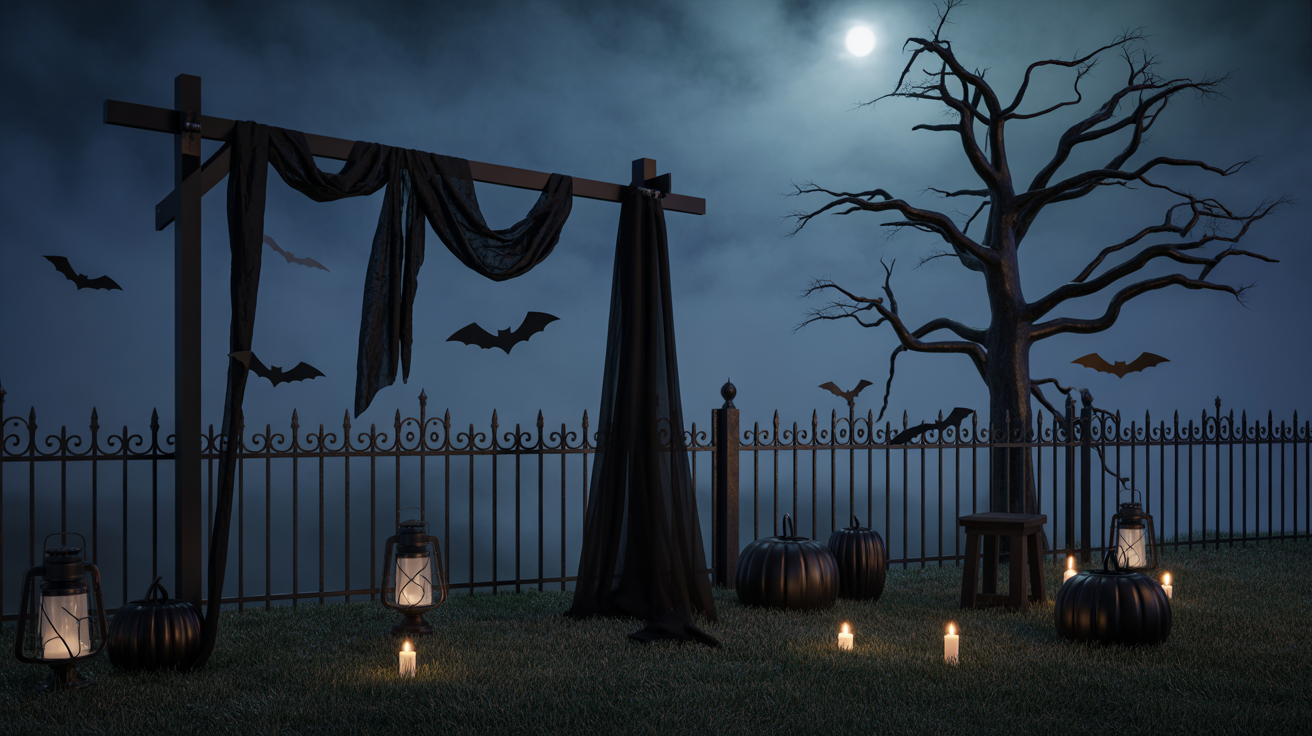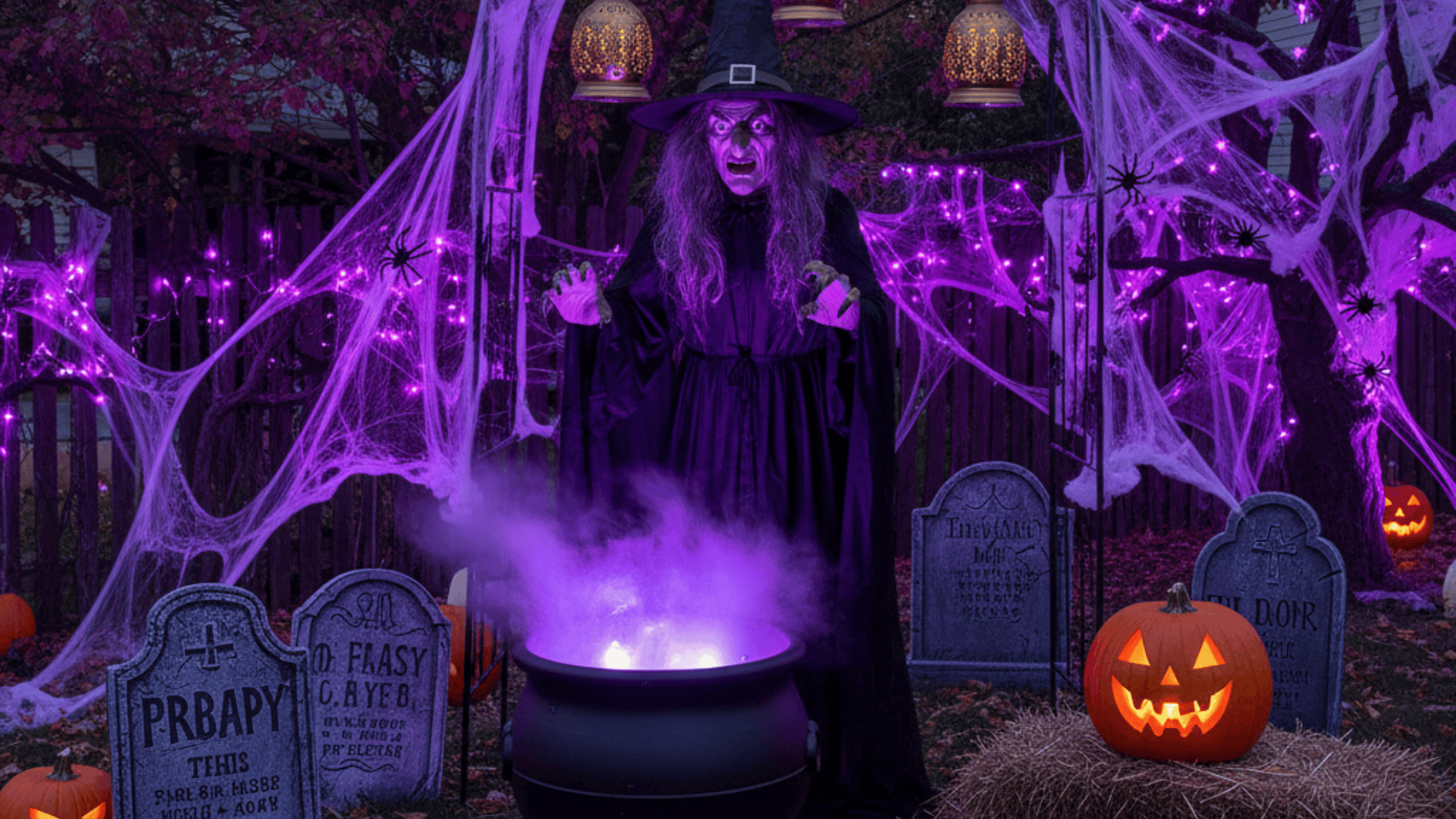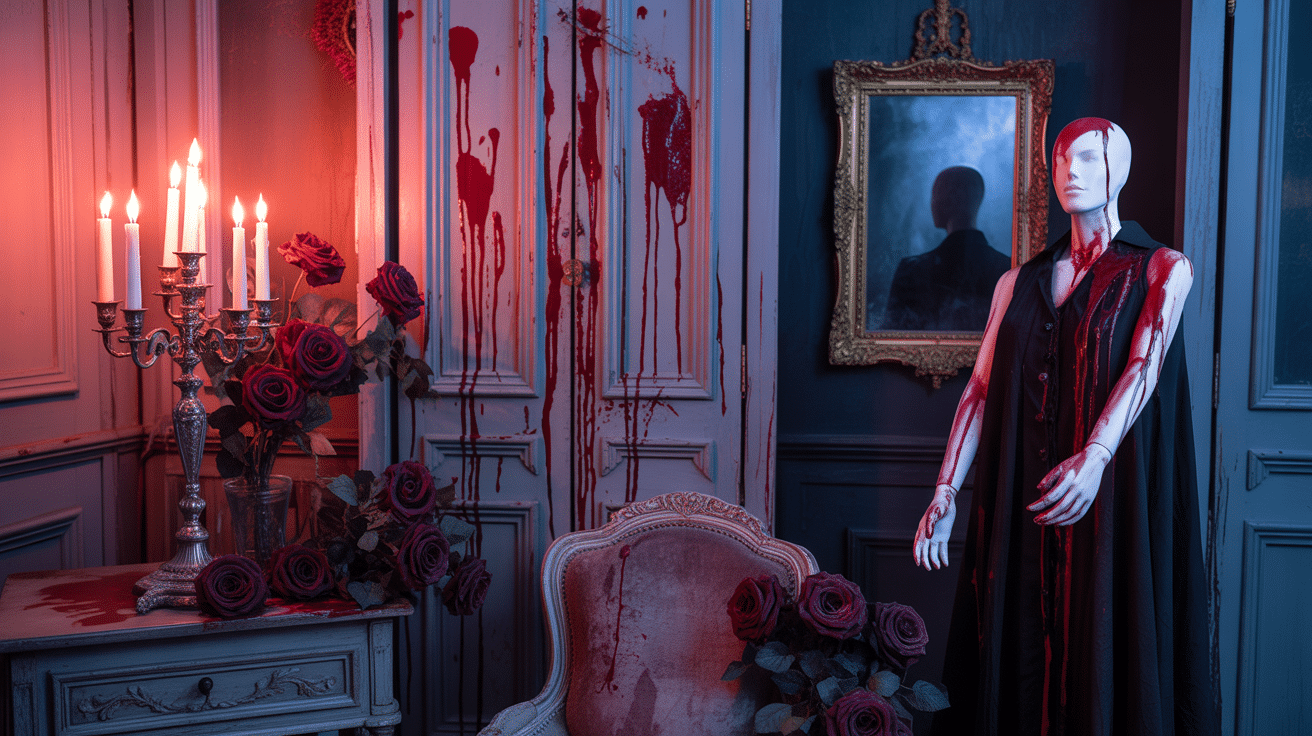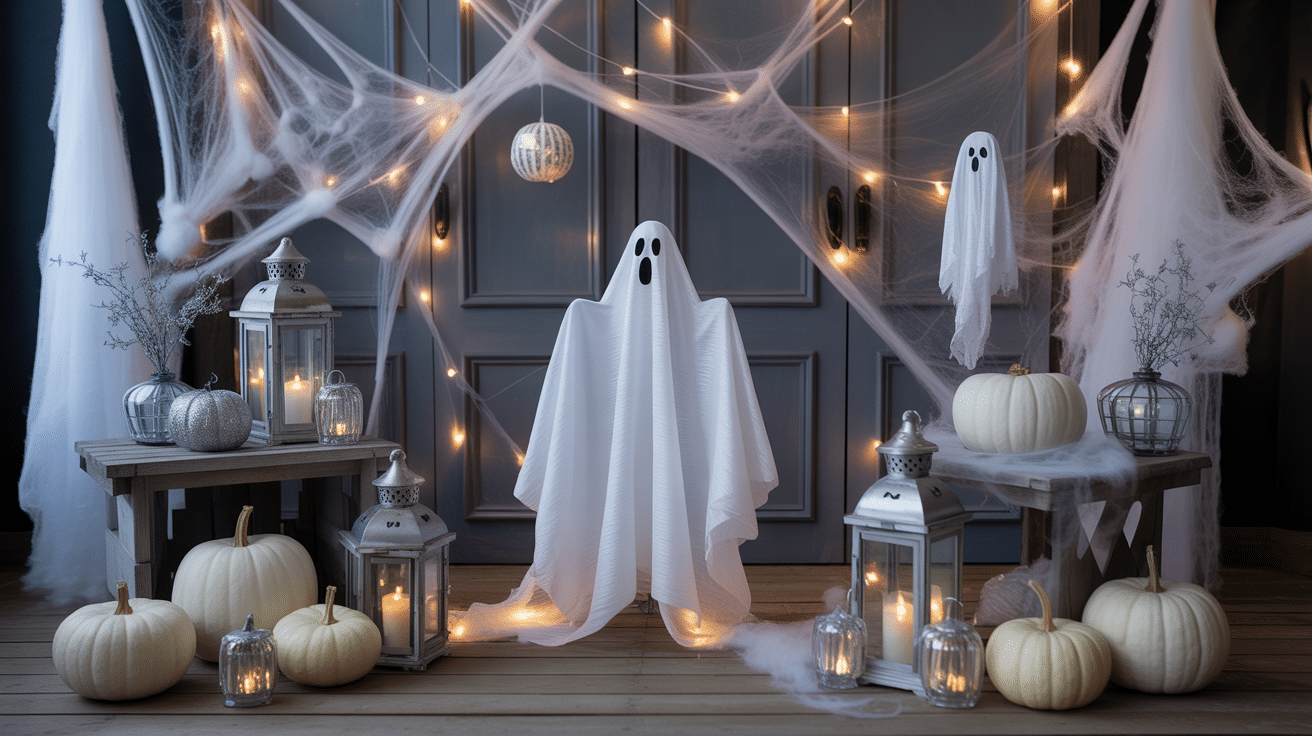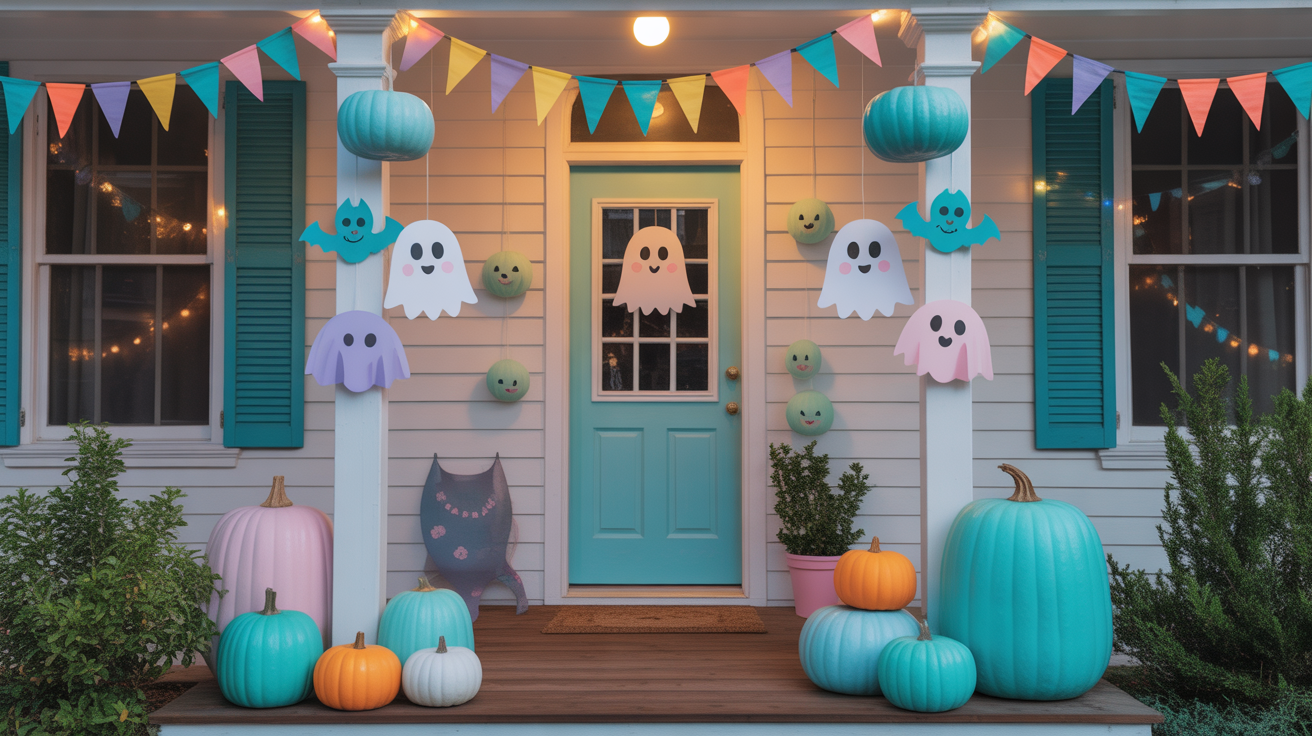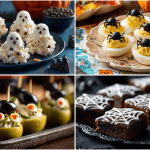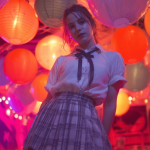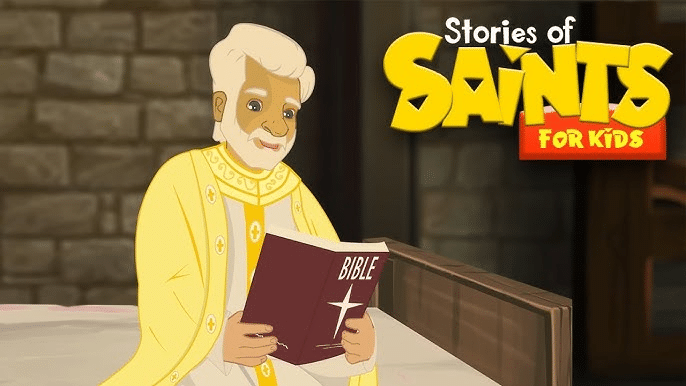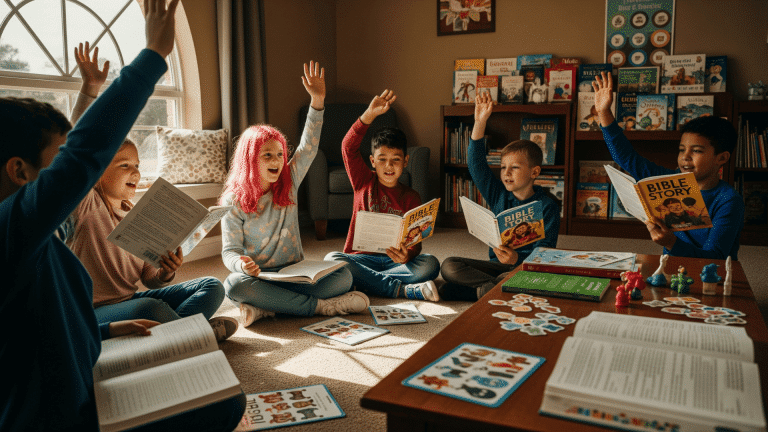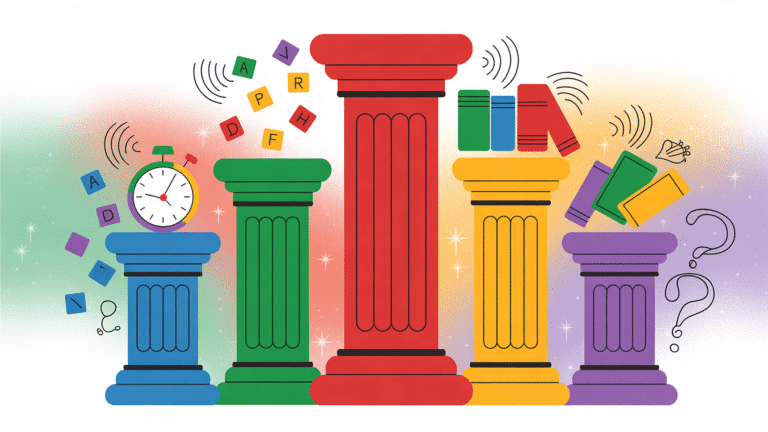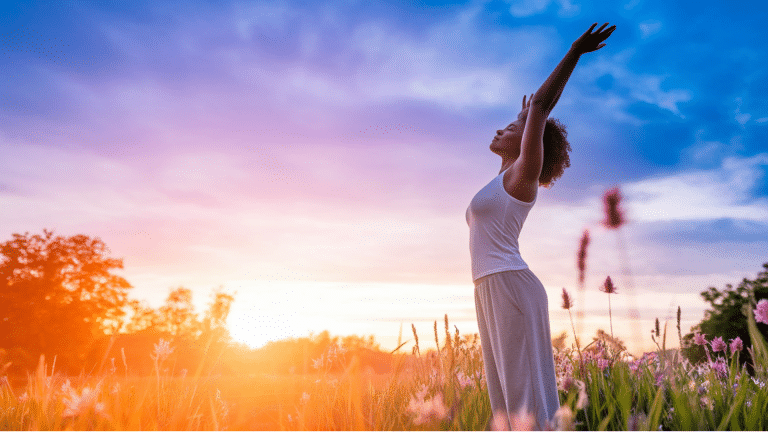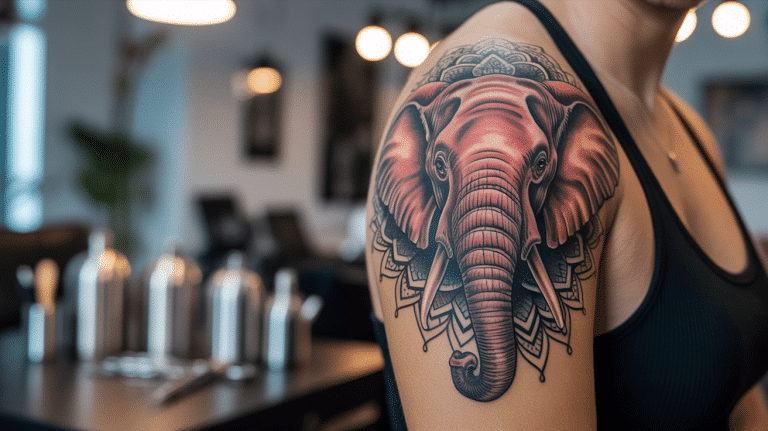Every October, the world turns into a palette of orange and black. Pumpkins appear on porches, black bats dangle from doorways, and candy wrappers sport these signature colors.
But why? These aren’t random choices. Orange and black have deep roots in history, culture, and psychology.
In this article, you’ll discover where Halloween’s colors come from, what they mean, and why they make us feel perfectly spooky.
We’ll also explore other Halloween hues like purple, green, and red, and how they improve the holiday’s eerie atmosphere. Ready to uncover the colorful secrets of Halloween?
Traditional Halloween Colors and Their Origins
Halloween’s signature colors didn’t appear by accident. Each hue carries deep meaning rooted in ancient traditions and seasonal changes.
1. Orange and Black
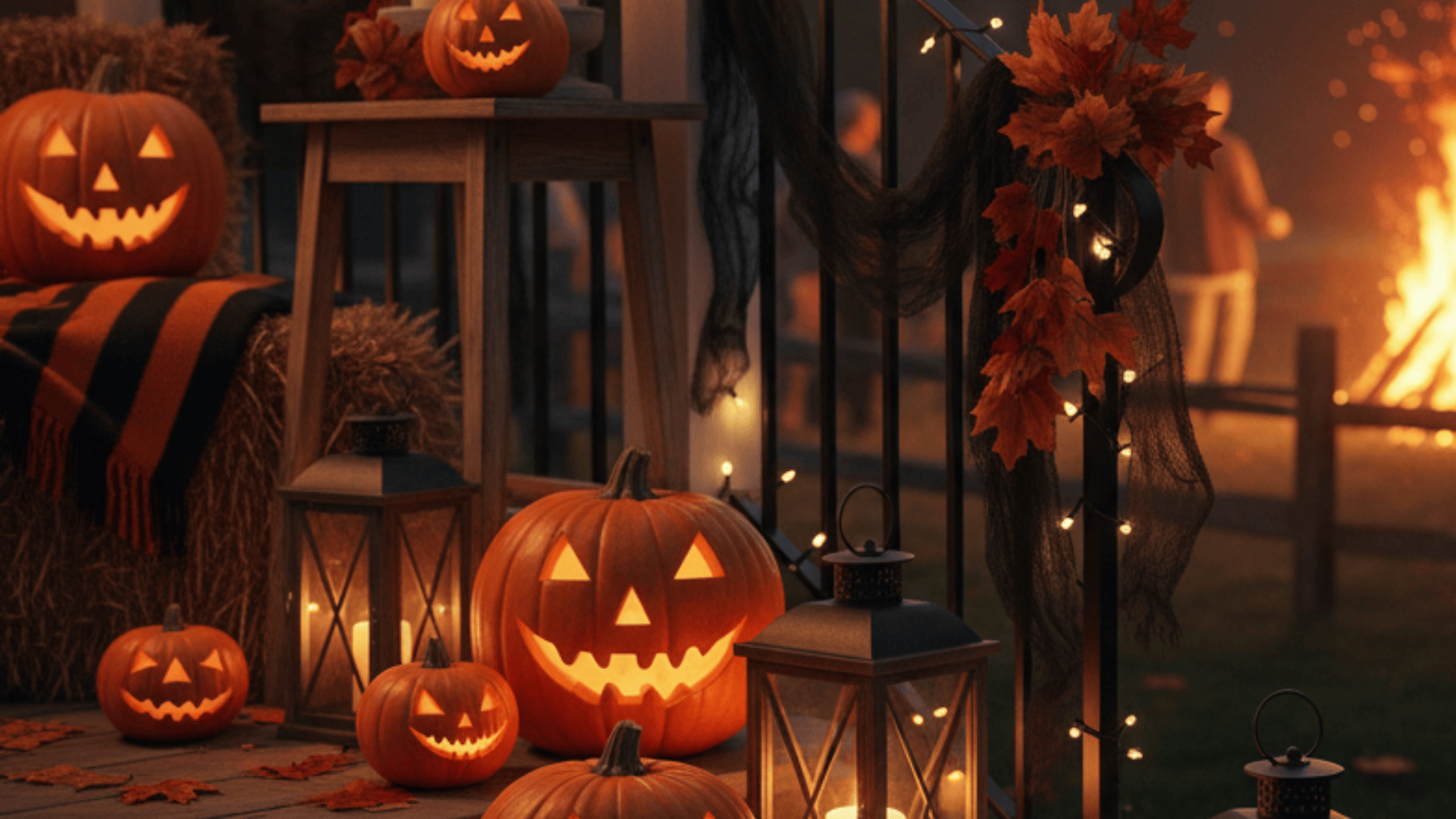
Orange represents autumn itself, pumpkins, falling leaves, and harvest bonfires. It’s the color of warmth and abundance.
Black represents darkness, mystery, and the unknown—the color of night when spirits roamed. These colors trace back over 2,000 years to Samhain, an ancient Celtic festival.
The Celts lit orange bonfires and wore black costumes to honor the dead and ward off spirits.
2. Purple and Green
Purple suggests magic, mystery, and supernatural powers, connecting to witchcraft and mystical realms.
It became popular as Halloween expanded beyond just orange and black. Green evokes the unnatural, toxic slime, decay, and monsters like Frankenstein. It’s the color of things that glow eerily in darkness and shouldn’t exist in nature.
Together, these colors add layers of spookiness to Halloween’s traditional palette.
Cultural Significance & Tradition
Halloween colors connect us to centuries of history and traditions. These hues represent the blend of celebration and remembrance that defines the holiday.
- Jack-o’-lanterns: The orange pumpkin glowing against black night comes from an Irish legend about a man named Jack, condemned to wander earth with only a carved turnip and burning coal to light his way.
- Warding off spirits: The orange glow of carved pumpkins was believed to ward off evil spirits while welcoming the living, creating a protective beacon on Halloween night.
- Harvest and death: Orange represents life, abundance, and harvest festivals, while black represents death, the season’s end, and respect for those who’ve passed—two sides of the same coin.
- Global spread: American Halloween traditions with orange and black decorations have spread worldwide, though other cultures maintain unique palettes like Mexico’s colorful Día de los Muertos.
- Modern traditions: Every year when we hang black streamers or arrange orange gourds, we’re participating in traditions connecting back through generations to ancient bonfires and carved turnips.
These traditions keep Halloween’s colors alive, linking past and present in every decoration we display.
Psychology of the Colors
Colors affect our emotions in powerful ways, often without us realizing it. Halloween colors work together to create specific feelings that make the holiday both exciting and eerie.
1. Orange
Orange combines red’s warmth with yellow’s happiness, creating feelings of enthusiasm and excitement. It’s attention-grabbing and energetic, making it perfect for festive celebrations.
But orange also represents transition and change, which can feel slightly unsettling, ideal for the spooky season.
2. Black
Black is the color of the unknown, representing mystery, the supernatural, and darkness. When paired with orange, it creates high contrast that intensifies both colors.
The orange seems brighter, the black deeper. This combination creates a feeling that’s both exciting and slightly eerie.
3. Purple
Purple evokes magic and mysticism, tapping into feelings of wonder and the supernatural. It adds an otherworldly quality that suggests witchcraft and hidden powers.
Purple deepens Halloween’s mysterious atmosphere, inviting us into a realm where magic feels real and anything is possible.
4. Green
Green in Halloween contexts feels unnatural and unsettling. Bright, toxic-looking green suggests decay, slime, and things that shouldn’t exist in nature.
It’s the color of monsters and things that glow eerily in darkness, adding an element of the strange and supernatural to the holiday.
Halloween-Adjacent Colors
Beyond the core four colors, Halloween’s palette includes several supporting hues that add variety and depth to the holiday’s visual appeal.
5. Red
Red brings intensity and danger, representing blood and horror themes. It’s urgent and alarming, making hearts beat faster.
Strategic touches of red make Halloween decorations feel more thrilling or frightening, adding dramatic impact to spooky displays.
6. White and Silver
White and silver symbolize the spirit world, ghosts, moonlight, mist, and cobwebs.
They add an ethereal, otherworldly quality to decorations. These colors create contrast and help other Halloween colors pop, while evoking the pale glow of supernatural presence.
7. Teal and Turquoise
Teal and turquoise are newer additions, creating modern, whimsical Halloween themes. They’re used for spooky-but-not-scary styles, cute ghosts and friendly witches.
This expanded palette lets people customize Halloween to their taste, whether traditional scary or contemporary cute. These colors work best as complements to the main palette, adding flavor and interest like seasonings in a recipe.
How These Colors Show Up in Halloween Décor, Costumes & Culture
Walk through any neighborhood in October, and Halloween colors appear everywhere. Here’s how these hues show up in different aspects of the holiday.
-
Home decorations: Orange pumpkins line porches, black paper bats flutter on windows, orange string lights outline doorways, and black silhouettes of cats, spiders, and witches peek from yards, immediately signaling that a house celebrates Halloween.
-
Indoor displays: People arrange orange and black décor on mantels and tables, with black candles in orange holders and orange bowls filled with candy wrapped in festive foil, creating a special seasonal atmosphere.
-
Costumes: Witches wear black with orange accents like sashes or hat ribbons, pumpkin costumes are entirely orange, ghost costumes use white or black, and monster costumes incorporate green or purple for instant recognition.
-
Commercial packaging: Candy manufacturers release Halloween editions with orange and black wrappers, party stores dedicate entire aisles to these colors, and food companies create special orange and black product versions.
-
Marketing and branding: Websites add orange and black themes, social media posts use these colors in graphics, and companies rely on this instant visual shorthand that says “Halloween” without needing words.
The colors have become so embedded in Halloween culture that they’re now self-fulfilling, traditional because we keep using them every October.
Conclusion
Orange and black aren’t random Halloween choices, they’re colors with deep roots in ancient festivals, harvest traditions, and beliefs about life and death.
Orange brings autumn’s warmth, firelight’s glow, and harvest abundance. Black adds mystery, represents the dark season, and acknowledges supernatural themes.
Together, they create a visual language centuries old. Purple, green, red, and white add complexity, making Halloween feel scary but fun, spooky but safe.
Experiment with your own combinations. Whether you choose classic orange and black or add purple and green, you’re part of an ancient tradition.

